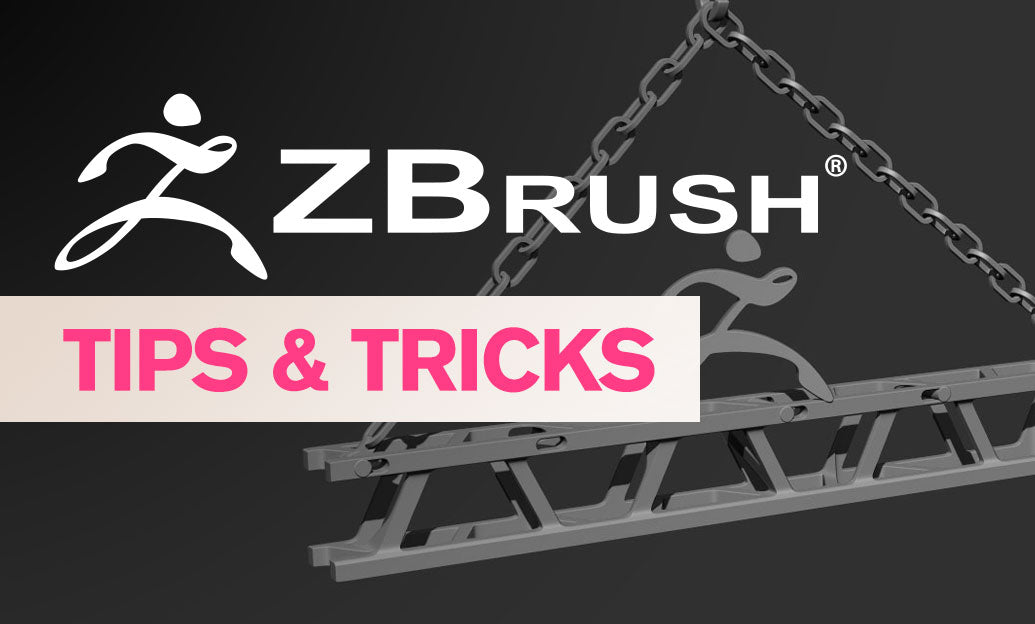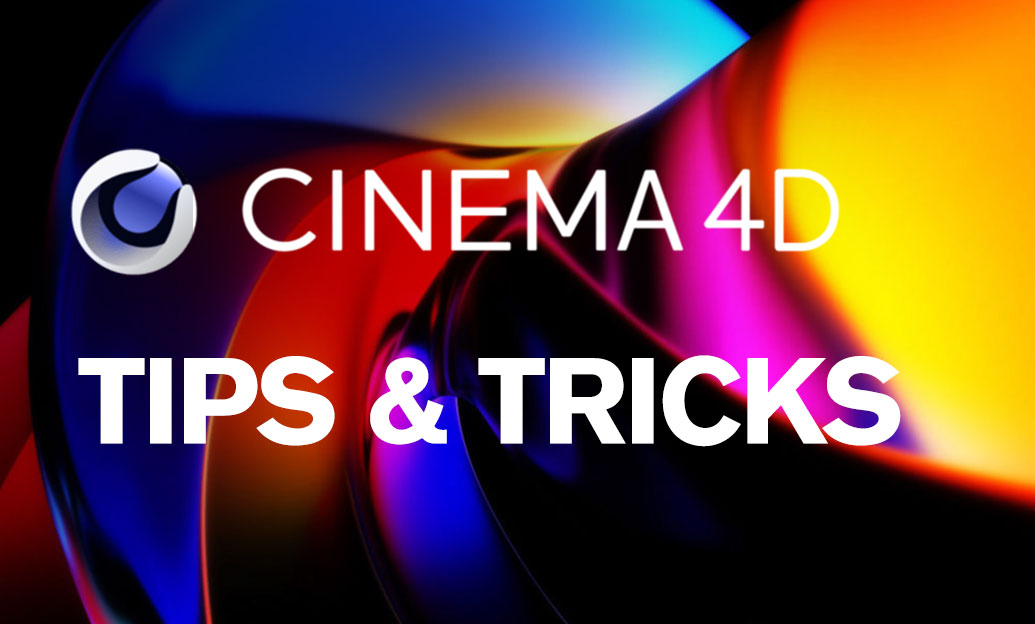Your Cart is Empty
Customer Testimonials
-
"Great customer service. The folks at Novedge were super helpful in navigating a somewhat complicated order including software upgrades and serial numbers in various stages of inactivity. They were friendly and helpful throughout the process.."
Ruben Ruckmark
"Quick & very helpful. We have been using Novedge for years and are very happy with their quick service when we need to make a purchase and excellent support resolving any issues."
Will Woodson
"Scott is the best. He reminds me about subscriptions dates, guides me in the correct direction for updates. He always responds promptly to me. He is literally the reason I continue to work with Novedge and will do so in the future."
Edward Mchugh
"Calvin Lok is “the man”. After my purchase of Sketchup 2021, he called me and provided step-by-step instructions to ease me through difficulties I was having with the setup of my new software."
Mike Borzage
ZBrush Tip: Techniques for Sculpting and Rendering Realistic Crystals in ZBrush
December 06, 2024 2 min read

Creating realistic crystals and gems in ZBrush involves utilizing various tools and techniques to achieve the intricacies of transparency, reflection, and refraction that characterize these materials.
Sculpting the Base Shape
- Start by creating the basic shape of your crystal or gem using the ZModeler Brush.
- Utilize primitive shapes like cubes or octahedrons and edit them to form facets typical of crystals.
Refining the Facets
- Use the Clip Brushes (Clip Curve, Clip Circle) to slice the model and create sharp edges and flat surfaces.
- Apply the Trim Dynamic Brush to smooth out irregularities on the facets while maintaining sharp edges.
Adding Details
- Employ the DamStandard Brush to engrave fine lines or inclusions within the crystal.
- Use the Standard Brush with Alphas to add surface imperfections for a more natural look.
Polishing the Surface
- Use the Polish Brushes (HPolish, Polish) to enhance the smoothness of the facets.
- Adjust the Brush Modifiers to control the strength and effect of the polishing.
Applying Materials
- Assign a material with specular properties such as GelShader or ReflectiveShader to simulate the reflective nature of gems.
- Adjust the Material Settings:
- Increase the Specular and Reflectivity values.
- Modify the Transparency settings to allow light to pass through.
Coloring the Gem
- Use Polypaint to apply colors directly onto the model.
- Choose vibrant colors and adjust the RGB Intensity to achieve the desired saturation.
Simulating Light Interaction
- Utilize the BPR (Best Preview Render) settings:
- Enable BPR Transparency and adjust the Transparency slider.
- Use BPR Refraction to simulate light bending within the gem.
- Add LightCaps to create custom lighting environments that enhance reflections and refractions.
Final Rendering
- Set up multiple Light Sources to highlight different facets.
- Enable Ambient Occlusion and Shadow in the render settings to add depth.
- Adjust Render Properties for Antialiasing and Subsurface Scattering if needed.
Additional Tips
- Use Reference Images: Always keep real-life images of crystals and gems for inspiration and accuracy.
- Experiment with Materials: Try different material combinations to find the most realistic result.
- Layering Effects: Consider using Layers to experiment with different details without altering the base model.
For more advanced techniques and professional tools, check out the offerings at NOVEDGE, where you can find the latest versions of ZBrush and other helpful plugins.
You can find all the ZBrush products on the NOVEDGE web site at this page.
Also in Design News

Cinema 4D Tip: Optimizing Geometry Cuts in Cinema 4D for Enhanced Model Efficiency
October 22, 2025 3 min read
Read More
Bluebeam Tip: Maximize PDF Security and Consistency with Bluebeam's Flatten Tool
October 22, 2025 2 min read
Read More
V-Ray Tip: Maximize Rendering Efficiency with V-Ray's Material Override Feature
October 22, 2025 2 min read
Read MoreSubscribe
Sign up to get the latest on sales, new releases and more …


